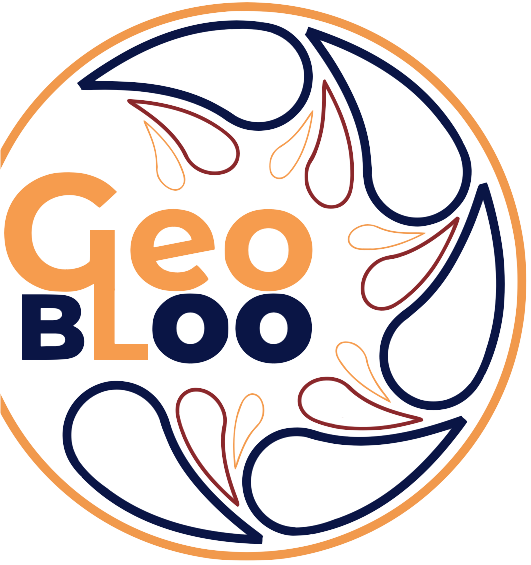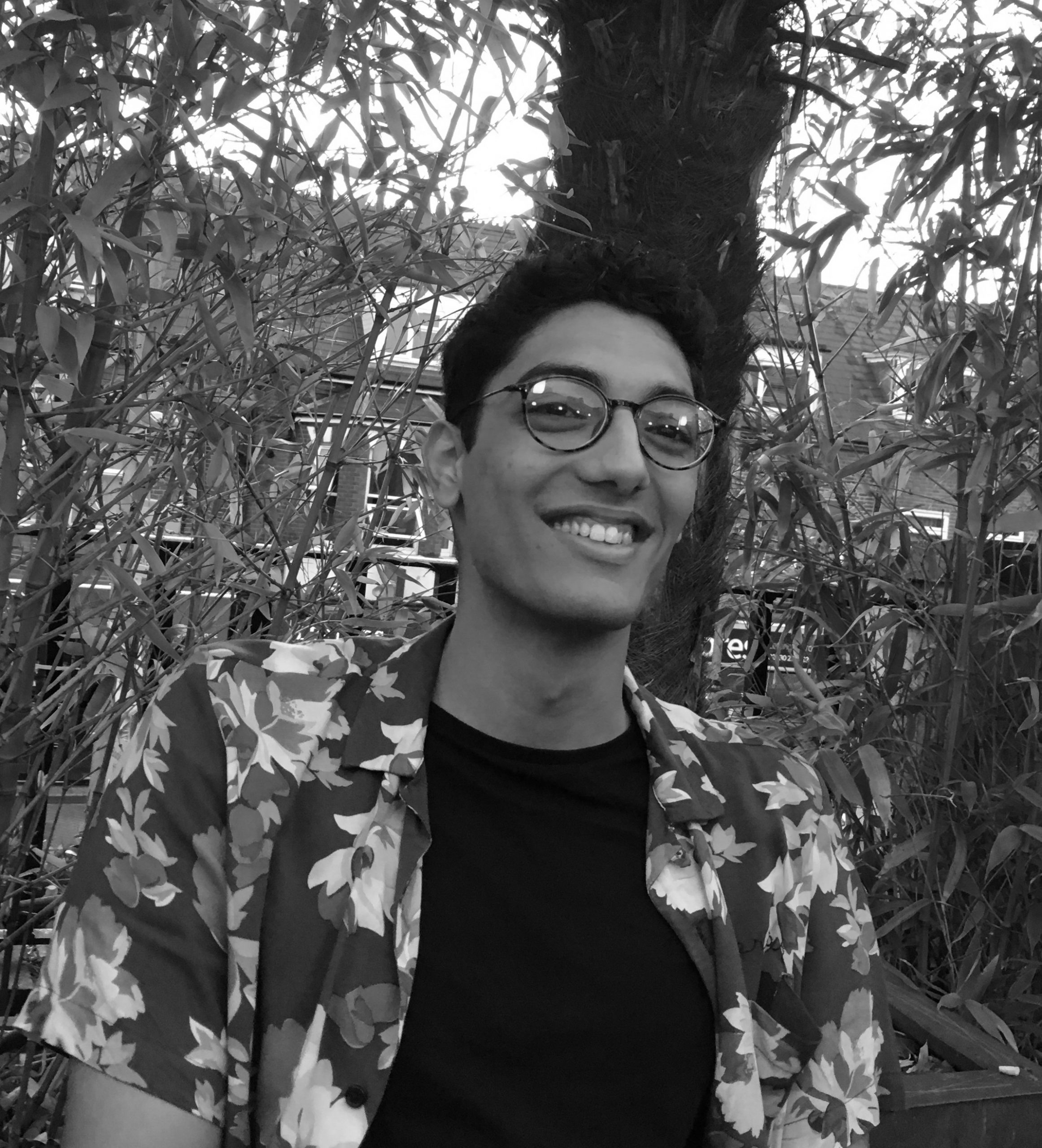
GeoBLoo
GeoBLoo proposes a single-household WC for application in Dharavi, Mumbai, Maharashtra. GeoBLoo is based on the scientific principles of microbial desalination cells (MDCs). Compared to microbial fuel cells (MFCs), MDCs not only reduce contaminants in wastewater to produce energy, but rather than attempting to treat wastewater to a potable standards, use this energy to demineralise salt water. GeoBLoo thus offers an affordable and clean, combined water and sanitation options for application in India's underserved communities.
Context
What? Where? Why?
Dharavi is a locality within the city limits of Mumbai in the State of Maharashtra, India. Since later 2020, the population of Dharavi has exceeded 1 million on a surface area of less than 2 square kilometres. Unfortunately, many residents of this underserved community do not have land tenure and are hence ineligible for access to public resources, including a water supply network. Additionally, virtually no sewage system exists, posing severe health risks. Due to the lack of surface area available in this densely packed neighbourhood, any water and sanitation solution must be small enough to fit in the crammed space while meeting the needs of its users. Many additional cultural hurdles also pose considerable barriers to implementation.

System
How does it work? What is the science?
The microbial desalination cell (MDC) forms an integral part of GeoBLoo's design. In the leftmost chamber, sewage from the toilet bowl is introduced as a chemical substrate for the electrogenic bacteria on the anode to produce an electrochemical potential. This potential is used in the cathodic chamber to create a concentration gradient away from the salt water so as to isolate the halogen ions from the salt into a separate brine collection chamber. In each of the three cells contained in the unit, enough energy is produced to desalinate approximately 4½ U.S. gallons of seawater to produce potable water assuming a 43% electrochemical efficiency margin.

Proto- type
What materials were used? At what cost? What are important material properties?
The MDC is made of ultraconductive internal components such as a carbon-coated copper electrode and highly electrically resistant exterenal materials such as epoxy resin and polyvinyl chloride (PVC). Each of the three cells are then contained in an entirely isolated compartment in the GeoBLoo WC, along with a 5.3 U.S. gallon seawater tank, a 2.6 U.S. gallon sludge tank and a ¼ U.S. gallon brine tank. These materials were selected for considerations of availability, accessibility, replaceability and sustainability. This includes an estimated maintenance interval of approximately 1,000 cycles (3 years). Each unit would cost approximately U.S. $300 at current going rates. Based on findings from previous mass costing models, the initial purchase expense could be halved if only a few thousand GeoBLoo WCs were to be implemented in Dharavi.

Act
How will it be applied? What problems does it address?
GeoBLoo WCs' implementation will start and end with civilian households. Each household's faecal sludge and brine will periodically be collected and sold to industry partners for biofuel and fertiliser production, and cement production for construction. The income generated from these sales will be used to provide a small fund to be able to offer fixed-term loans to residents of Dharavi for their first GeoBLoo WC. Over time, this process will help reduce the cost of implementation and maintenance as more GeoBLoo WCs are implemented in Dharavi households. The environment also benefits from lower carbon emissions due to the biofuel and alkalinity-based cement production.

Meet the Team
Who designed the solution?
Florian Kincaid
Florian Kincaid holds an engineering BSc and is currently on-track to obtain his MSc in Environmental Engineering from Newcastle University. Florian works part-time as an engineer and has volunteered for many years with international organisations such as Engineers without Borders. Florian hopes to continue to work in the development centre and use his skills to help make the world a slightly better place for everyone in the decades to come.

Lakshay Nayyar
Lakshay Nayyar's initial journey started in A-levels where he faced the choice between biochemistry and engineering. Initially choosing biochemistry, he gained invaluable knowledge and experience. From investigating proteins involved in synaptic scaffolding, which have a key role in neuronal circuitry and sensory integration to investigating new protein-lipid interactions. Most recently, his MSc project investigated lipid and SC35 protein interactions and RNA signalling and included use of different cloning techniques. However, increased exposure to engineering caused him to revisit his conundrum where he decided to further study engineering, with the hope of working in an interdisciplinary field. Lakshay has also worked in the homeless sector, and hopes to integrate his knowledge and skills to develop a better future.
Bringing Microbial Desalination Cell (MDC) Architecture to India’s Households

